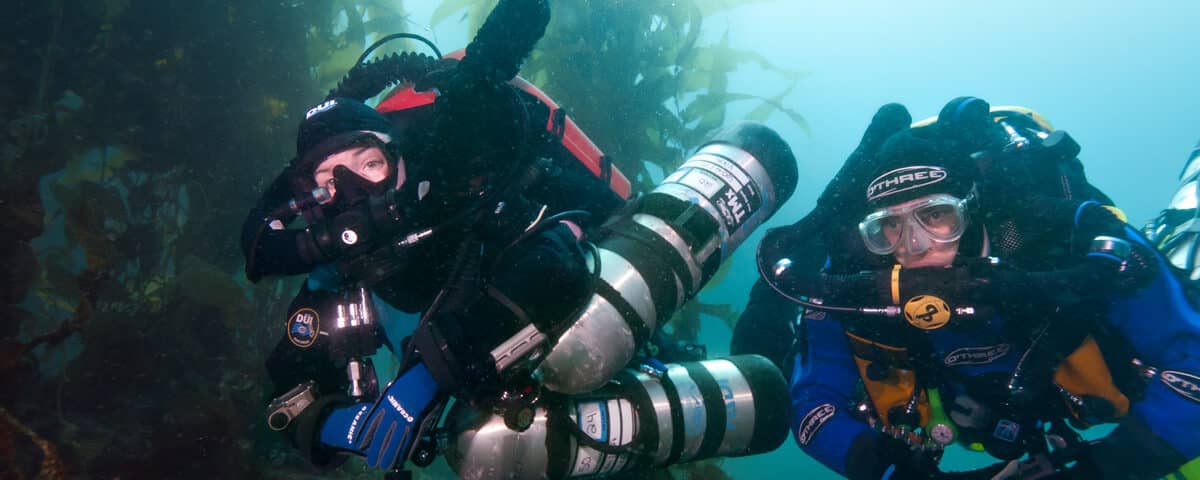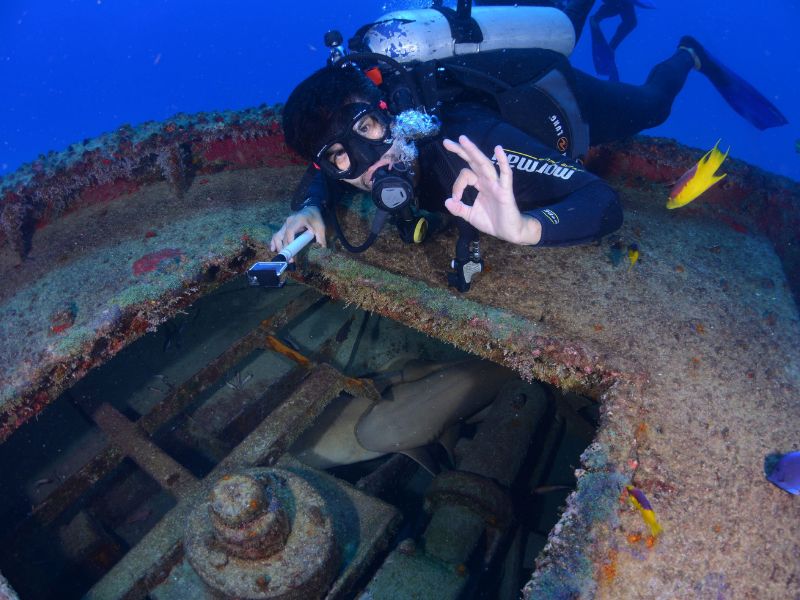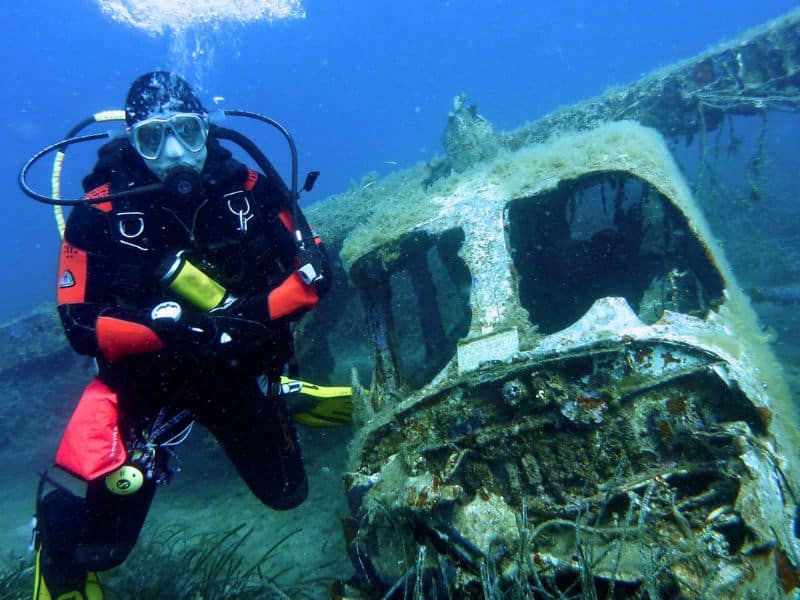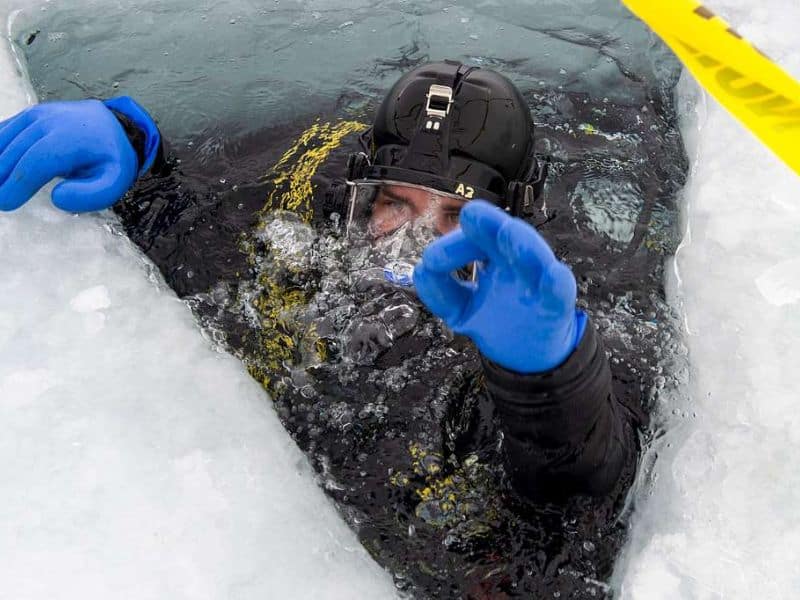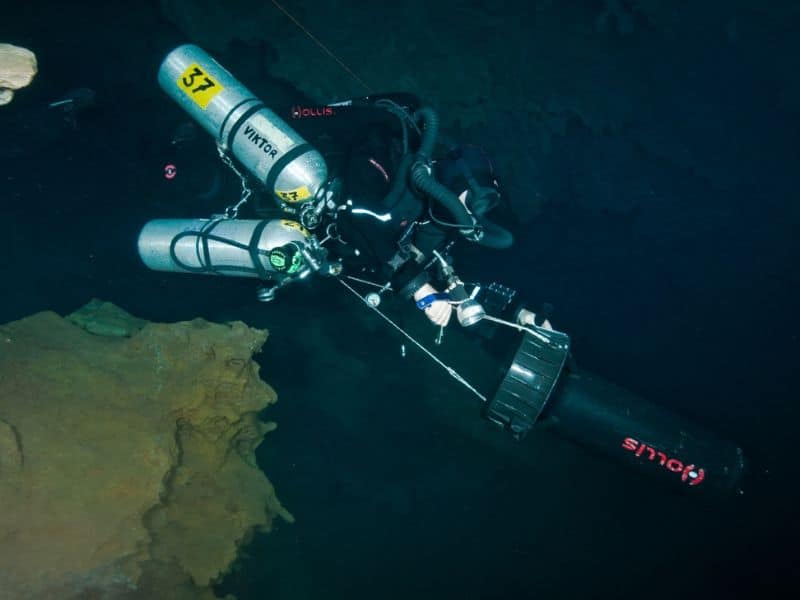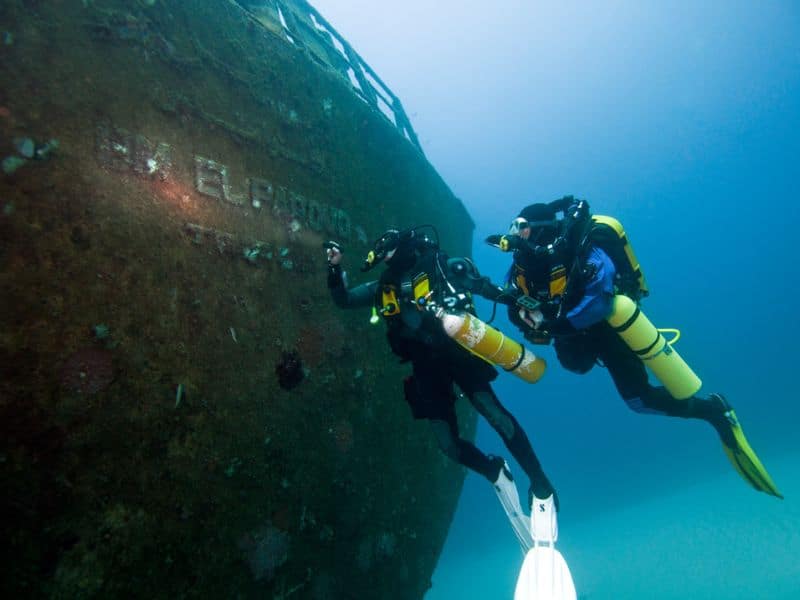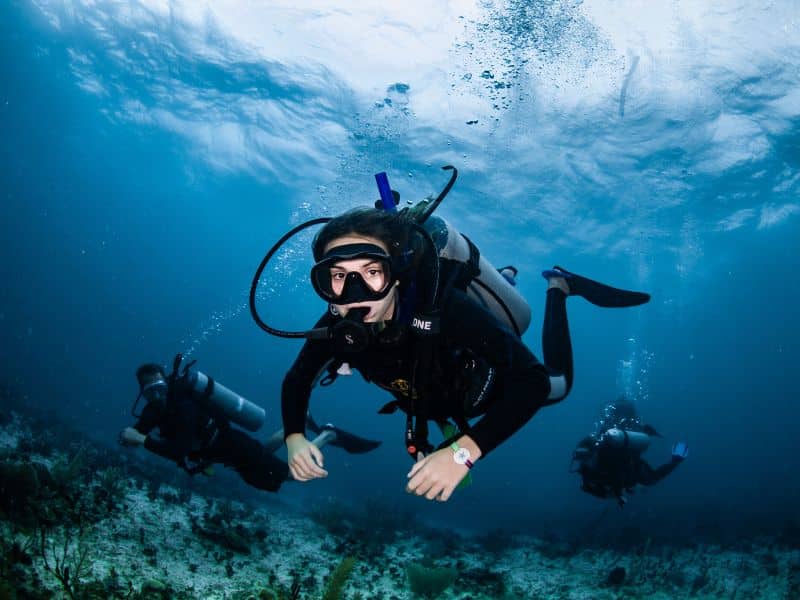Let’s be clear about this from the start.
Extreme diving isn’t something a newly certified Open Water Diver can handle.
Extreme diving requires unique preparation and skills as a diver.
Extreme diving is an activity for advanced and specialized divers, and most of these dives can only be undertaken by technical divers.
That’s why this article is almost like those medication warning labels that say something like, “Read the instructions for this medication and consult with your pharmacist if you have any doubts.” The same applies here: read the article carefully and, if in doubt, consult with an expert who has already dived there.
Why?
Because we’re talking about dive sites with dangerous idiosyncrasies. These aren’t places where humans dominate the environment; those who undertake extreme dives venture into locations where few dare to go, where they don’t really belong.
These dive sites are extreme and challenging, yes, but at the same time, they are tempting. If you continue reading, don’t say we didn’t warn you.




